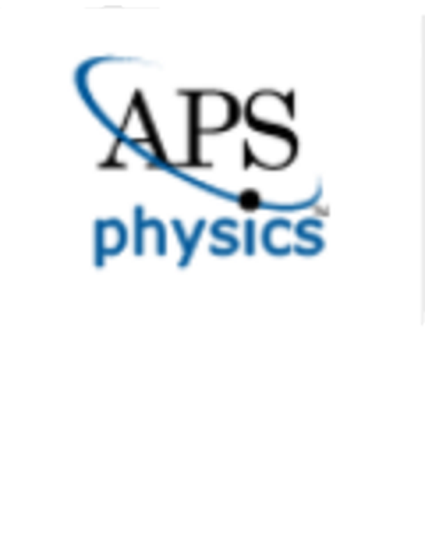
Article
Numerical Analytic Continuation: Answers to Well-Posed Questions
Physical Review B
(2017)
Abstract
We formulate the problem of numerical analytic continuation in a way that lets us draw meaningful conclusions about properties of the spectral function based solely on the input data. Apart from ensuring consistency with the input data (within their error bars) and the a priori and a posteriori (conditional) constraints, it is crucial to reliably characterize the accuracy—or even ambiguity—of the output. We explain how these challenges can be met with two approaches: stochastic optimization with consistent constraints and the modified maximum entropy method. We perform illustrative tests for spectra with a double-peak structure, where we critically examine which spectral properties are accessible and which ones are lost. For an important practical example, we apply our protocol to the Fermi polaron problem.
Keywords
- numerical analytic continuation,
- computational techniques,
- fermion models
Disciplines
Publication Date
January 1, 2017
DOI
10.1103/PhysRevB.95.014102
Citation Information
Olga Goulko, Andrey S. Mishchenko, Lode Pollet, Nikolay Prokof'ev, et al.. "Numerical Analytic Continuation: Answers to Well-Posed Questions" Physical Review B Vol. 95 Iss. 1 (2017) p. 014102 Available at: http://works.bepress.com/olga-goulko/4/
